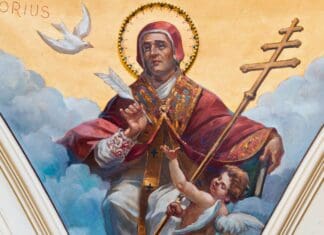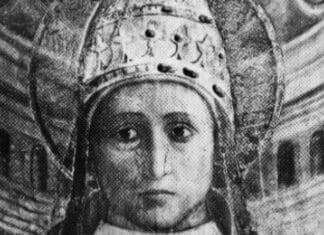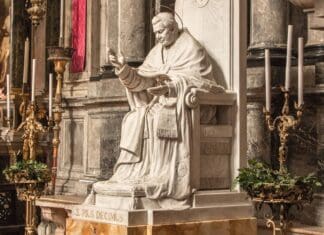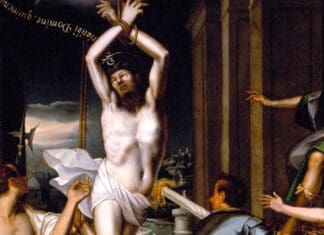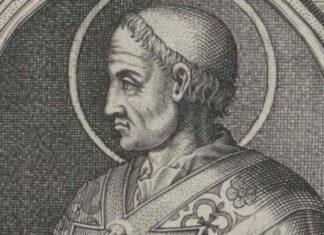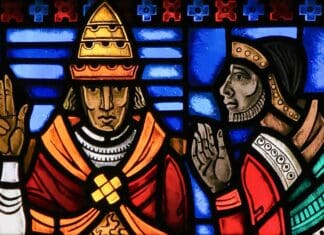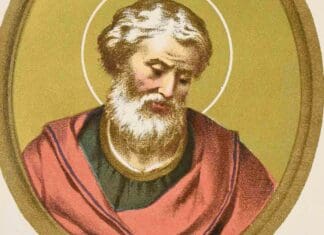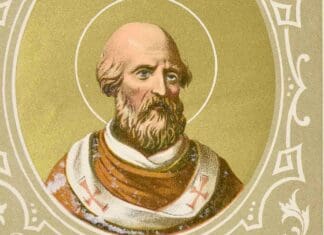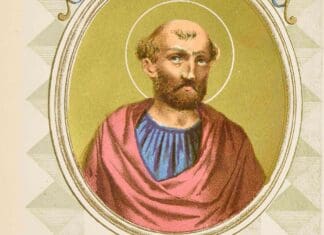Pope Saint Gregory The Great
Pope St. Gregory, a Roman noble, became a monk, then Pope, known for church reforms, aiding the poor, and Gregorian Chant.
Pope Saint Zephyrinus
The pontificate of this first third-century pope was to see a storm of heresy rage around the pontiff, who had to keep a firm hand on the tiller of Peter's barque.
Pope Saint Pius X
Pope Saint Pius X exemplified saintly virtues like piety, humility, charity, and pastoral zeal, deeply shaping the Catholic Church.
Pope Saint Pontian
Pope Saint Pontian, who reigned from 230-235, holds the distinction of being the first pontiff to abdicate.
Pope Saint Hormisdas
Pope St. Hormisdas, once married with a son who also became Pope, ended the Laurentian schism and strongly backed St. Symmachus against antipope Lawrence.
Pope Saint Leo IX
Leo IX, born Bruno of Egisheim, was a reformative pope known for combating simony and clerical immorality and influencing the East-West Schism's onset.
Pope Saint Anicetus
Pope Saint Anicetus, the 11th pope, succeeded St. Pius towards the year c. 153, and reigned till about 168. He condemned Montanism, conferred with St. Polycarp on the Paschal date controversy, and forbade priests from growing their hair. He was martyred and is venerated on April 17.
Pope Saint Martin I
Pope Saint Martin I, martyred after condemning Monothelism and clashing with Byzantine authority, is the last early pope venerated as a martyr.
Pope Saint Telesphorus
Pope Saint Telesphorus, a Greek anchorite, led the Church under Emperor Antoninus Pius and established enduring Christian practices around 125-138 AD.


